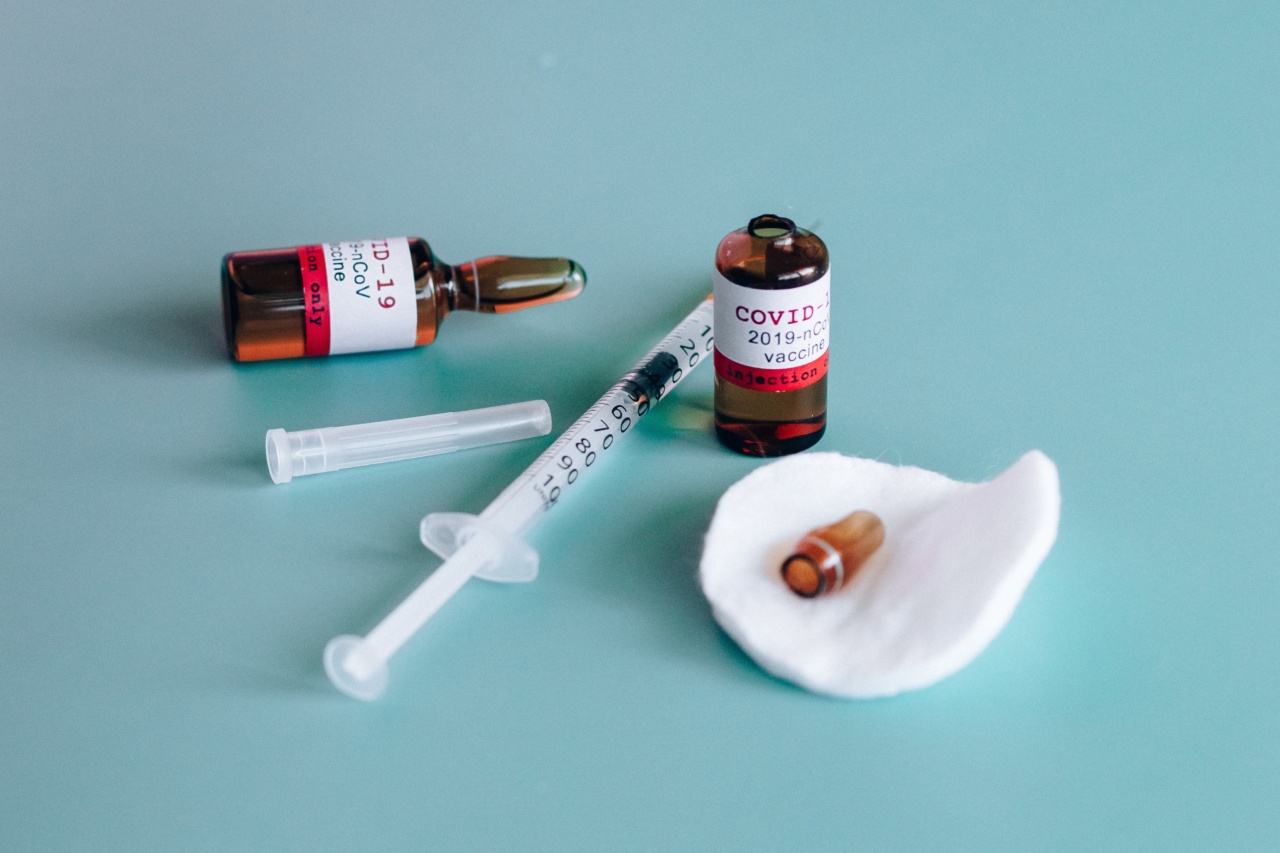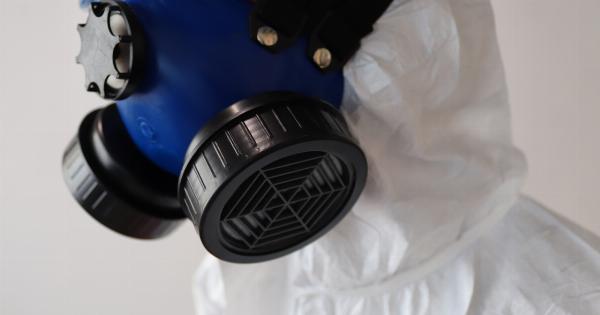Kidney disease, also known as renal disease, is a serious and common illness that affects millions of people worldwide.
The kidneys play a vital role in maintaining overall health by filtering waste and excess fluids from the blood and regulating electrolyte levels. When the kidneys are not functioning properly, it can lead to a buildup of toxins in the body and serious health problems, including high blood pressure, anemia, heart disease, and kidney failure.
The Cost of Kidney Disease
Kidney disease is a costly illness, both in terms of healthcare costs and lost productivity. According to the National Kidney Foundation, the annual cost of kidney disease in the United States is over $50 billion.
This includes the cost of treating kidney disease, as well as the cost of care for related health problems such as heart disease and diabetes that often accompany kidney disease.
The high cost of kidney disease is due in part to the lack of effective treatments for the disease. While there are medications and therapies that can slow the progression of kidney disease, there is no cure for the disease.
Patients with kidney disease often require dialysis or kidney transplants, both of which are expensive treatments that can cost tens of thousands of dollars per year.
Challenges for Patients and Providers
Patients with kidney disease face a number of challenges in managing their illness. They must frequently visit doctors and undergo medical tests to monitor their kidney function and manage related health problems.
In addition, they must follow strict dietary restrictions and make lifestyle changes to reduce their risk of complications. These challenges can be overwhelming for patients, particularly for those who lack access to affordable healthcare or who live in rural or underserved areas.
Healthcare providers also face challenges in managing kidney disease. The disease requires close monitoring and frequent medical interventions, which can place a strain on providers’ time and resources.
In addition, providers must navigate complex reimbursement systems for kidney disease treatments and medications, which can be difficult to navigate and may result in delays or denials of treatment for patients.
The Importance of Early Detection and Prevention
Early detection and prevention are key to reducing the economic impact of kidney disease. Screening tests can detect kidney disease in its early stages, when it is most treatable.
Education programs can also help patients understand how to manage their illness and reduce their risk of complications. Lifestyle changes, such as quitting smoking and adopting a healthy diet, can reduce the risk of kidney disease and related health problems.
Another important strategy for preventing kidney disease is increasing access to healthcare for underserved and at-risk populations.
This includes expanding insurance coverage, increasing the availability of primary care providers, and providing targeted education programs to high-risk communities.
The Role of Research and Innovation
Research and innovation are crucial in the fight against kidney disease.
Advances in medical technology, such as the development of implantable artificial kidneys and wearable monitoring devices, have the potential to revolutionize kidney disease treatment. Clinical trials and research studies can help identify new treatments and improve the effectiveness of existing therapies.
Government and private funding for kidney disease research is essential to advancing the field. However, funding for kidney disease research is often limited compared to other diseases, which slows progress in developing effective treatments and cures.
The Future of Kidney Disease
The economic impact of kidney disease is significant and will continue to grow as the population ages and rates of chronic diseases like diabetes and hypertension continue to rise. However, there is hope for the future.
Through early detection, prevention, and targeted research, we can reduce the burden of kidney disease on patients, providers, and society as a whole.
As healthcare providers, policymakers, and patients, we must work together to find new and effective solutions for kidney disease.
By investing in research, expanding access to care, and promoting prevention and early detection, we can improve the lives of millions of people and reduce the economic impact of kidney disease.




























